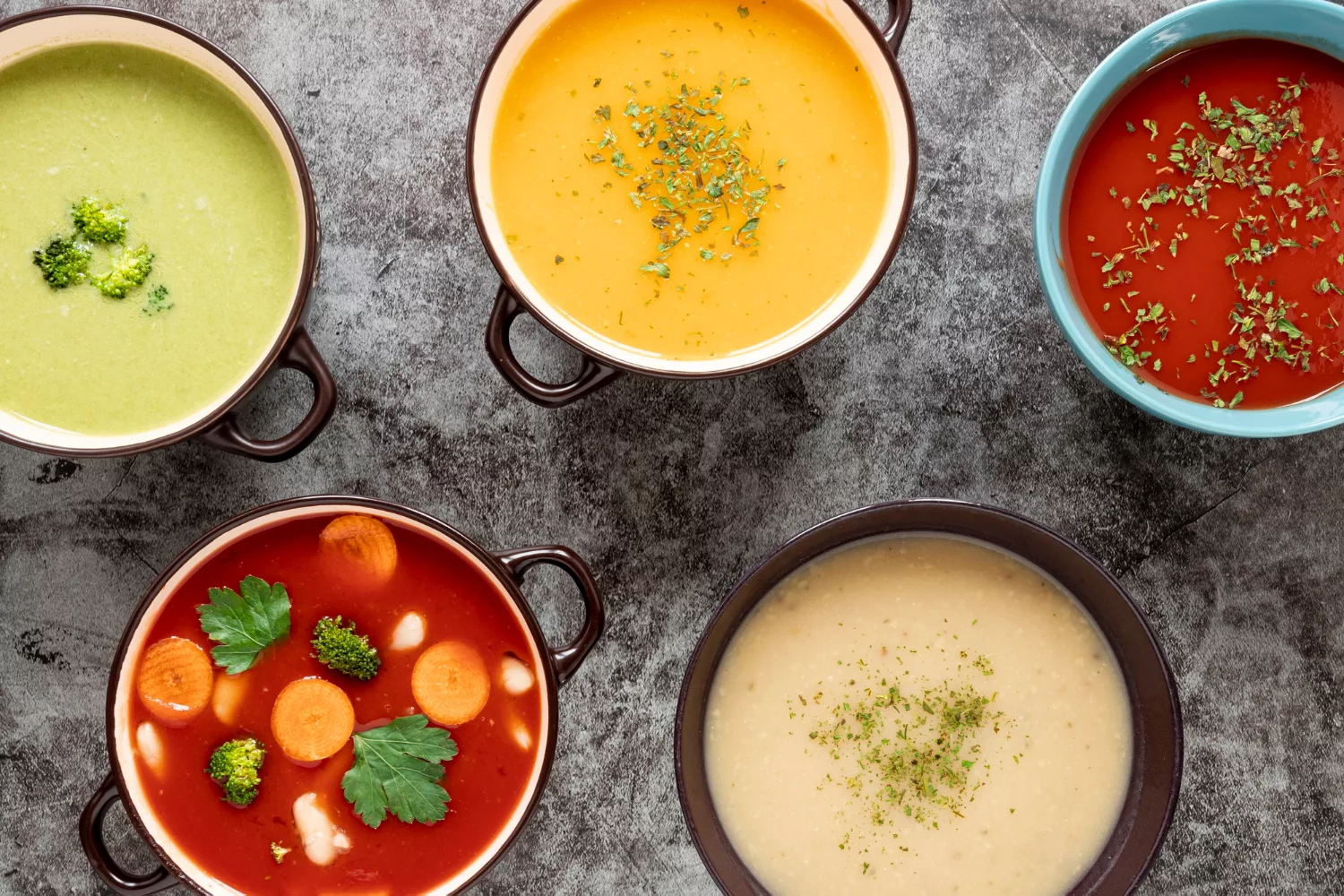
Stroke, dementia, and nerve damage are some of the many health conditions that can make it difficult to chew and swallow certain foods. These conditions are highly common among older adults—many of whom may also wear dentures that further complicate the act of eating.
If your health is making it difficult for you to eat and enjoy your favorite foods, a diet composed mostly of soft foods can help you fulfill all your nutritional needs and greatly improve your quality of life.
Check out these softer food options for seniors that can make eating far more pleasurable and less burdensome.
Breakfast
Breakfast offers a host of soft food options for seniors—many of which also come with amazing health benefits. For instance, oatmeal is a breakfast superfood that can help you feel full for a longer period. It promotes good digestion to help you stay regular and reduces your risk for obesity and heart disease.
Other good soft food breakfast options include:
- Greek yogurt, with pureed fruit added
- Scrambled eggs
- Porridge
- Cream of wheat
- Refried beans
- Healthy two-ingredient banana pancakes (bananas and eggs)
- Cereal softened in milk
- Breads softened in milk, including muffins
- Cottage cheese
- Quiche with vegetables, which usually soften during baking
Lunch
Some people like to eat light for lunch, while others prefer to eat heavier lunches and lighter dinners to promote a better night’s sleep. Regardless of your preference, there’s an abundance of soft food lunch options out there.
If you prefer light lunches, drink healthy smoothies made with your favorite fruits, plain or vanilla yogurt, and juice or milk. Bone broth is another good choice, which is high in protein.
Other good soft food lunch options for seniors include:
- Soups made with soft or pureed vegetables, such as leek and potato soup
- Egg salad
- Liver pate
- Tuna salad
- Peanut butter and jelly sandwich on soft bread, made with creamy peanut butter and jelly without fruit chunks
- Macaroni and cheese, made with noodles cooked longer for softness
- Applesauce
- Hummus
- Mashed avocado or guacamole
When it comes to soups, try to avoid buying canned soups, which generally contain high amounts of salt and sodium that can increase your risk for heart disease and stroke. Instead, make large batches of soup at home that you can eat all week long or that you can freeze for later.
Dinner
Stews and soups with meat are great dinner options if you need soft foods—especially if you can cook them in a slow cooker or Dutch oven, which helps tenderize the meat. Even the toughest of meats can be made soft enough to chew and eat comfortably as long as you use one of these slow-cooking methods.
Meals made with pasta and rice are also good options if you cook the noodles slightly longer than directed on the packaging, or if you put the rice under chili or sauces that help make it softer.
Other good soft food dinner options include:
- Ground beef, chicken, or turkey in gravies
- Mashed potatoes or cauliflower
- Shepherd’s pie
- Baked or pan-seared fish without bones
- Tofu
- Baked squash
- Refried beans
- Casseroles
- Steamed vegetables
- Quinoa salad
- Meatloaf
Dessert
Many desserts are already soft, which makes this after-dinner course easy on those who have difficulty chewing and swallowing. Even desserts like cookies that are harder in texture can be softened when soaked in milk, coffee, or tea.
If you enjoy pies, consider making cream pies, such as coconut cream or banana cream pie. Apple and blueberry pies are also doable if you puree the fruits instead of putting in whole chunks.
Other great dessert ideas for soft-food eaters include:
- Jello or gelatin
- Custards and puddings
- Sponge cake
- Canned fruits or fruit cups that are softened in juice or syrup
- Chocolate chip pancakes with whipped cream
- Ice cream or frozen yogurt
- Mousses
- Soft pumpkin or banana bread
Nearly any meal or dish can be modified into a softer version using the right kitchen appliances or ingredients, or by simply changing the cooking time. For example, if you love pizza but can no longer eat it due to its hard crust, consider making pizza casserole dishes in which the crust is replaced with soft pasta. If you can no longer bite into tacos or burritos, consider making burrito bowls with ingredients such as soft rice, refried beans, guacamole, and sauteed peppers and onions.
Consult with your doctor before making any major changes to your diet, especially if you have an underlying health condition that is affecting your ability to chew and eat foods. Your doctor can talk to you in greater detail about which foods to eat and which foods to avoid based on your condition and overall health status. In some instances, your doctor may even refer you to a dietitian or nutritionist who can help you develop a diet that includes all the nutrients you need to stay healthy.
Resource Links
“What’s So Great About Oatmeal?” via K-State Research and Extension